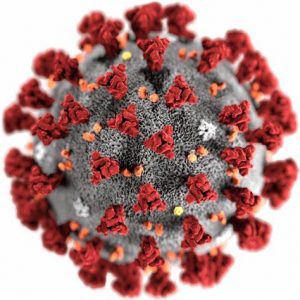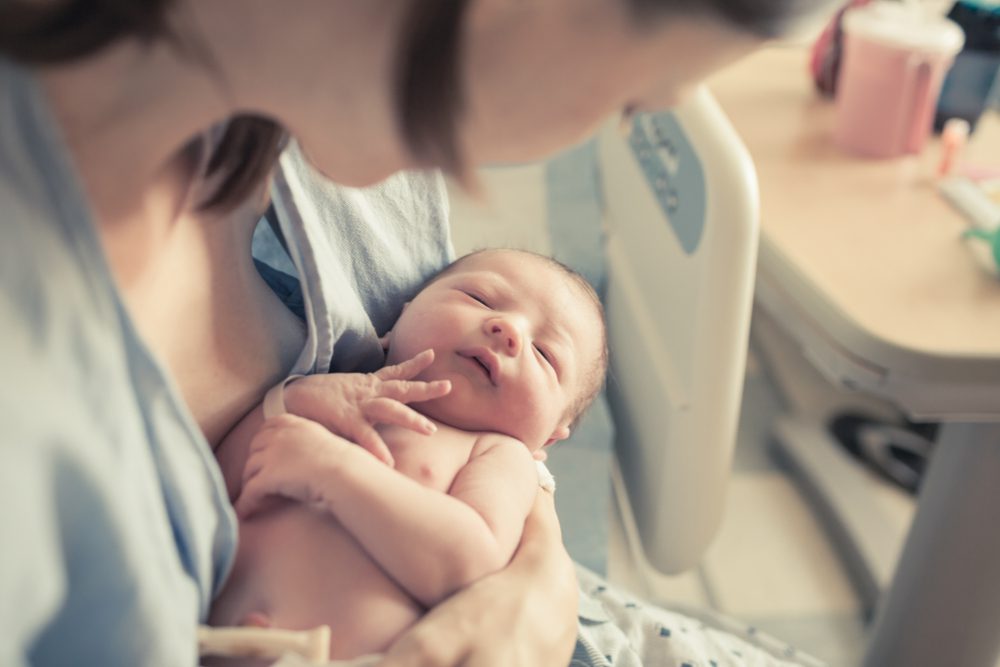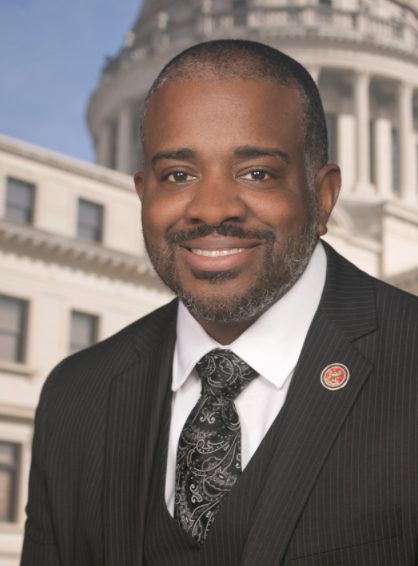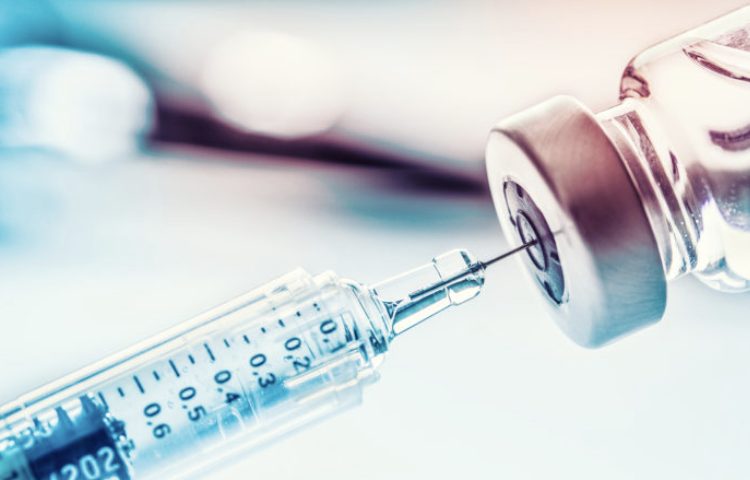
Whether you attribute it to the weather, the vaccine, or just the virus running its natural course in ways that scientists and policy makers may not completely understand, the rate of COVID-19 infection in Mississippi has declined precipitously recently, as has the stress the virus has put on the state’s hospital systems.
According to the latest data released by the Mississippi Department of Health, 290,874 cases of COVID-19 have been reported in Mississippi since the pandemic began. Of that number, 180,994 cases, or 62%, have been confirmed while 109,880, or 38%, are listed as probable.
Of those cases as of February 15, 2021, 264,456, or 91%, are presumed to have recovered from COVID-19 so far. That number will increase when the latest estimates are released this week.
To date, 6,553 deaths have been attributed to COVID-19 in Mississippi, with 4,610, or 70%, being confirmed and 1,943, or 30%, are listed as probable.
Total COVID-19 Cases: 290,874, or 9.7% of the Mississippi population
Confirmed: 180,994, or 6% of the population
Probable: 109,880, or 3.7% of the population
Total COVID-19 Deaths: 6,553, or 0.22% of the Mississippi population
Confirmed: 4,610, or 0.15% of the population
Probable: 1,943, or 0.07% of the population
Using this data, less than 20,000 Mississippians, or 0.66% of the state’s population, currently have a reported confirmed or probable case of COVID-19.
In addition, 142,031 have received both doses of the vaccine, or approximately 4.7% of the state population. Another 336,932 have received the first vaccine dose, or 11.2% of the state population.
This appears to indicate that there could be a lower risk of infection or spread within weeks given the rapid increase in vaccinations coupled with the number who have already had the virus. Together, these cohorts account for nearly 25% of the state population. Add in those who have not been tested or confirmed to have had the virus and have recovered, or who are immune naturally, and that number would conceivably rise exponentially.

Dr. Marty Makary, a professor at the Johns Hopkins School of Medicine, seems to agree with that assessment.
Dr. Makary wrote an article last week that appeared in the Wall Street Journal entitled “We’ll Have Herd Immunity by April” where he showed that COVID-19 cases have dropped 77% in six weeks. He said experts should “level with the public about the good news.”
“Testing has been capturing only from 10% to 25% of infections, depending on when during the pandemic someone got the virus,” Dr. Makary wrote. “Applying a time-weighted case capture average of 1 in 6.5 to the cumulative 28 million confirmed cases would mean about 55% of Americans have natural immunity.”
Move that down to the Mississippi level, add it to the 25% discussed above, and the population in this state could be nearing 80% with some degree of immunity.
“My prediction that Covid-19 will be mostly gone by April is based on laboratory data, mathematical data, published literature and conversations with experts. But it’s also based on direct observation of how hard testing has been to get, especially for the poor,” Dr. Makary wrote in the WSJ op-ed. “If you live in a wealthy community where worried people are vigilant about getting tested, you might think that most infections are captured by testing. But if you have seen the many barriers to testing for low-income Americans, you might think that very few infections have been captured at testing centers. Keep in mind that most infections are asymptomatic, which still triggers natural immunity.”
Dr. Makary went on to add that many experts, along with politicians and journalists, are “afraid to talk about herd immunity,” saying the term has political overtones.
“But herd immunity is the inevitable result of viral spread and vaccination,” Dr. Makary writes. “When the chain of virus transmission has been broken in multiple places, it’s harder for it to spread—and that includes the new strains.”

When assessing the percentage of Mississippians who have contracted the virus and recovered along with the number who have received the vaccine, the numbers seem to indicate that there’s a substantial reduction of COVID-induced stress on medical providers. Mississippi is seeing this play out in real time as there has been a dramatic decline in hospitalizations and patients in ICU over the last two months.
Data from MSDH last week showed a 60% decline in hospitalizations and nearly a similar rate of decrease in ICU patients. That’s not to say that the rate doesn’t increase again as there have been notable peaks and troughs in infection rates. But interestingly, from state to state, the shapes of the curves look pretty similar even if the degree of severity may differ.
Dr. Makary concluded his WSJ op-ed saying that some medical experts privately agreed with his prediction that there may be very little COVID-19 by April but suggested that he not talk publicly because people might become complacent and fail to take precautions or might decline the vaccine.
“But scientists shouldn’t try to manipulate the public by hiding the truth,” Dr. Makary writes. “As we encourage everyone to get a vaccine, we also need to reopen schools and society to limit the damage of closures and prolonged isolation. Contingency planning for an open economy by April can deliver hope to those in despair and to those who have made large personal sacrifices.”










